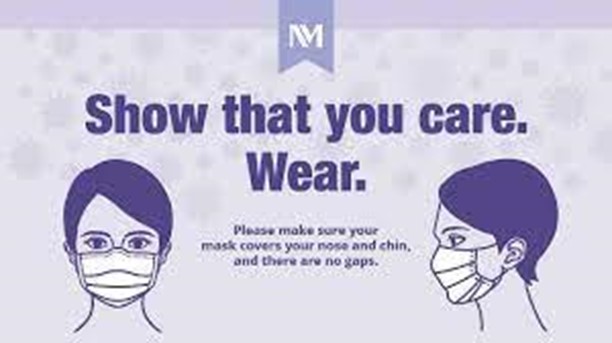A nurse is providing teaching to an older adult client who has kyphosis and osteoporosis. Which of the following client statements indicates an understanding of the teaching?
"I will increase daily intake of calcium and vitamin D.".
"I will schedule an electrophysiologic study.".
"I should wear a neck brace while sleeping to prevent injury.".
"I should avoid weight-bearing exercise to minimize trauma.".
The Correct Answer is A
Choice A rationale:
The client's statement about increasing daily intake of calcium and vitamin D indicates an understanding of the teaching related to kyphosis and osteoporosis. Kyphosis is a condition where there is an abnormal curvature of the spine, leading to a hunched-back appearance, and osteoporosis is a condition characterized by weakened bones. Calcium and vitamin D are essential nutrients for maintaining bone health. Calcium is a mineral that is a major component of bones, and vitamin D helps the body absorb calcium from the diet. Adequate intake of these nutrients is crucial for preventing further bone loss and fractures in individuals with kyphosis and osteoporosis.
Choice B rationale:
The client's statement about scheduling an electrophysiologic study is unrelated to the teaching about kyphosis and osteoporosis. Electrophysiologic studies are used to evaluate the electrical activity of the heart, and they are not directly relevant to the client's bone health or the management of kyphosis and osteoporosis.
Choice C rationale:
The client's statement about wearing a neck brace while sleeping to prevent injury is incorrect and indicates a misunderstanding of the teaching. Kyphosis primarily affects the thoracic (upper/mid-back) spine and is not typically associated with wearing a neck brace. Neck braces are more commonly used for cervical spine issues.
Choice D rationale:
The client's statement about avoiding weight-bearing exercise to minimize trauma is incorrect and demonstrates a misunderstanding of the teaching. Weight-bearing exercise, such as walking and strength training, is important for maintaining bone density and muscle strength, which are critical for individuals with kyphosis and osteoporosis. Avoiding weight-bearing exercise could actually lead to further bone loss and weakness.
Nursing Test Bank
Naxlex Comprehensive Predictor Exams
Related Questions
Correct Answer is ["A"]
Explanation
The correct answer is Choice A.
Choice A rationale: Administering enoxaparin 40 mg subcutaneously in the deltoid site is incorrect. Enoxaparin is typically administered in the abdomen or thigh to ensure proper absorption and minimize the risk of injury. Administering it in the deltoid requires an incident report for protocol deviation.
Choice B rationale: Advancing the urinary catheter 18 cm (7 in) is standard practice for male clients to ensure the catheter reaches the bladder. There is no indication of error or the need for an incident report as this action follows proper procedure.
Choice C rationale: Cleansing a wound with 0.99% sodium chloride irrigation prior to collecting a specimen for culture is standard practice. This action ensures the wound is free from surface contaminants and does not necessitate an incident report.
Choice D rationale: Flushing the tubing of a continuous enteral feeding with 30 mL of water is standard practice to maintain patency and ensure the effectiveness of the feeding. This procedure follows guidelines and does not require an incident report.
Correct Answer is B
Explanation
Choice A rationale:
Instructing the client's loved ones that the client should not have fresh flowers in their room (Choice A) is not a necessary action for rubella isolation. Rubella is transmitted through respiratory droplets, and the prohibition of fresh flowers is not a relevant precaution.
Choice B rationale:
Wearing a surgical mask when within 0.9 m (3 feet) of the client (Choice B) is the correct action. Rubella is an airborne disease, and wearing a surgical mask helps prevent the spread of infectious respiratory droplets to the nurse and other individuals.

Choice C rationale:
Placing the client in a room with negative-airflow pressure (Choice C) is not specifically indicated for rubella isolation. Negative-airflow pressure rooms are typically used for diseases that require strict airborne precautions, such as tuberculosis.
Choice D rationale:
Instructing the client that visitors will not be allowed while they are in isolation (Choice D) is not entirely accurate for rubella isolation. While isolation precautions are necessary, visitors can enter the room if they are properly protected, including wearing masks and following infection control protocols.
Whether you are a student looking to ace your exams or a practicing nurse seeking to enhance your expertise , our nursing education contents will empower you with the confidence and competence to make a difference in the lives of patients and become a respected leader in the healthcare field.
Visit Naxlex, invest in your future and unlock endless possibilities with our unparalleled nursing education contents today
Report Wrong Answer on the Current Question
Do you disagree with the answer? If yes, what is your expected answer? Explain.
Kindly be descriptive with the issue you are facing.
